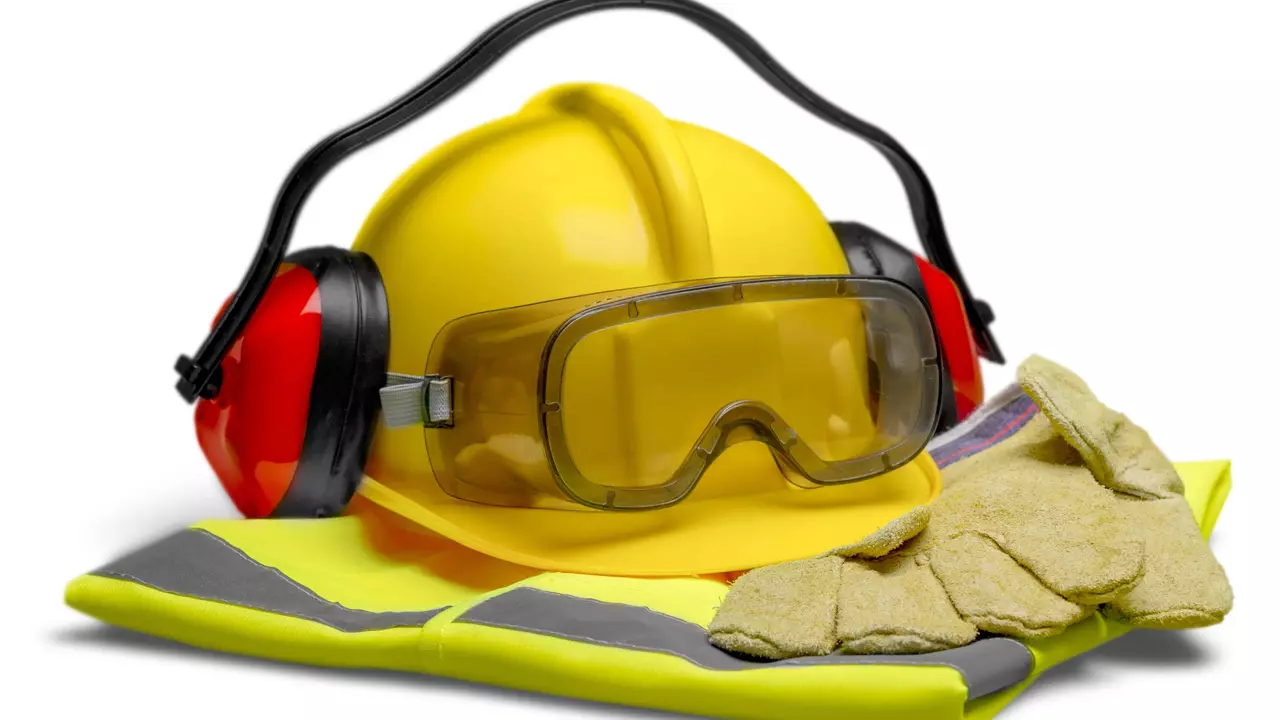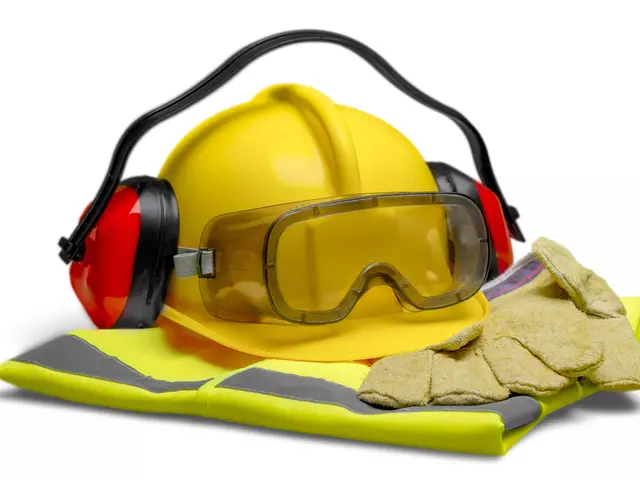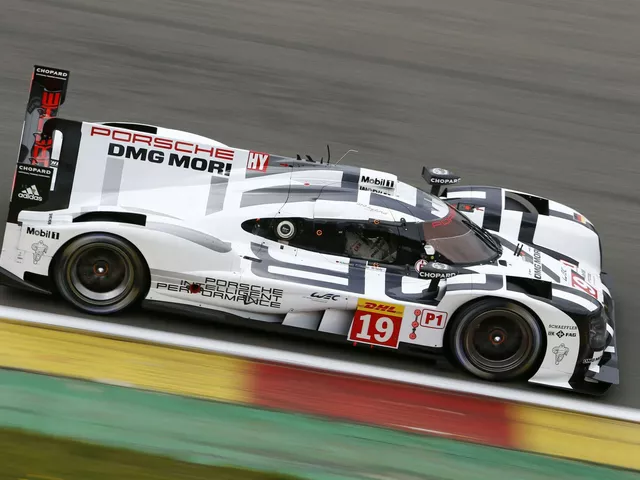Safety Equipment Every Motorsports Fan Should Know
Did you know a good helmet can be the difference between walking away and a serious injury? In racing, gear isn’t just a fashion statement – it’s a lifeline. Let’s talk about the stuff that actually keeps you safe when the engines roar.
Core Gear That Saves Lives
The first thing on any driver’s checklist is a certified helmet. Look for FIA‑approved labels, a snug fit, and a visor that won’t fog when you’re pushing hard. A helmet that’s too loose can move in a crash, and that’s a risk you don’t need.
Next up, the fire‑resistant suit. Modern suits are made from Nomex or similar fabrics that can withstand intense heat for at least 30 seconds. That sounds short, but it’s enough time for a fire crew to get you out of the car.
Gloves and boots matter just as much. Racing gloves give you grip on the steering wheel and protect your hands from burns. Boots with ankle support and reinforced toes keep your feet safe when you’re sliding around or getting out of the car quickly.
The HANS (Head and Neck Support) device is a must‑have for anyone taking part in high‑speed events. It limits head movement during a crash, reducing the chance of neck injuries. It feels a bit odd at first, but you’ll get used to it fast.
Don’t forget the roll cage. This steel skeleton inside the chassis holds the car’s shape when it flips, keeping the cabin from collapsing. Even if you’re not building a car yourself, make sure your race car meets the latest roll‑cage standards.
Seat belts and harnesses are the next line of defense. A six‑point harness locks you in place and spreads crash forces across your chest, hips, and shoulders. Tighten them snugly – you don’t want any slack when you hit a corner.
Choosing the Right Fit and Keeping It Fresh
Fit is everything. A helmet that’s too tight will give you headaches, too loose and it won’t protect. Most helmets have removable padding you can trim to get the perfect shape. Same goes for suits – they should hug your body without restricting movement.
Maintenance is simple but crucial. After each track day, wash your gloves, boots, and suit according to the manufacturer’s guide. Check the helmet shell for cracks and replace the visor if it’s scratched. A fresh set of straps on your harness can make a big safety difference.Finally, keep a fire extinguisher within reach in the car. It’s a small addition that can stop a blaze before it spreads. Make sure you know how to use it – a quick press of the pin and a sweep across the flame does the job.
Safety gear isn’t just for pros. Whether you’re a club racer, a track day enthusiast, or just love watching from the sidelines, knowing what to wear and why it matters keeps the sport fun for everyone.

How could safety in motor sports be further improved?
In my opinion, the safety measures in motor sports can be enhanced in several ways. More stringent regulations could be enforced to ensure all vehicles meet certain safety standards. This could include advanced technology like better braking systems or improved protective gear for the drivers. Moreover, regular inspections and maintenance of the racing tracks can prevent accidents. Lastly, rigorous training for drivers on safety procedures and emergency situations could be invaluable.
Motor Sports Safety



